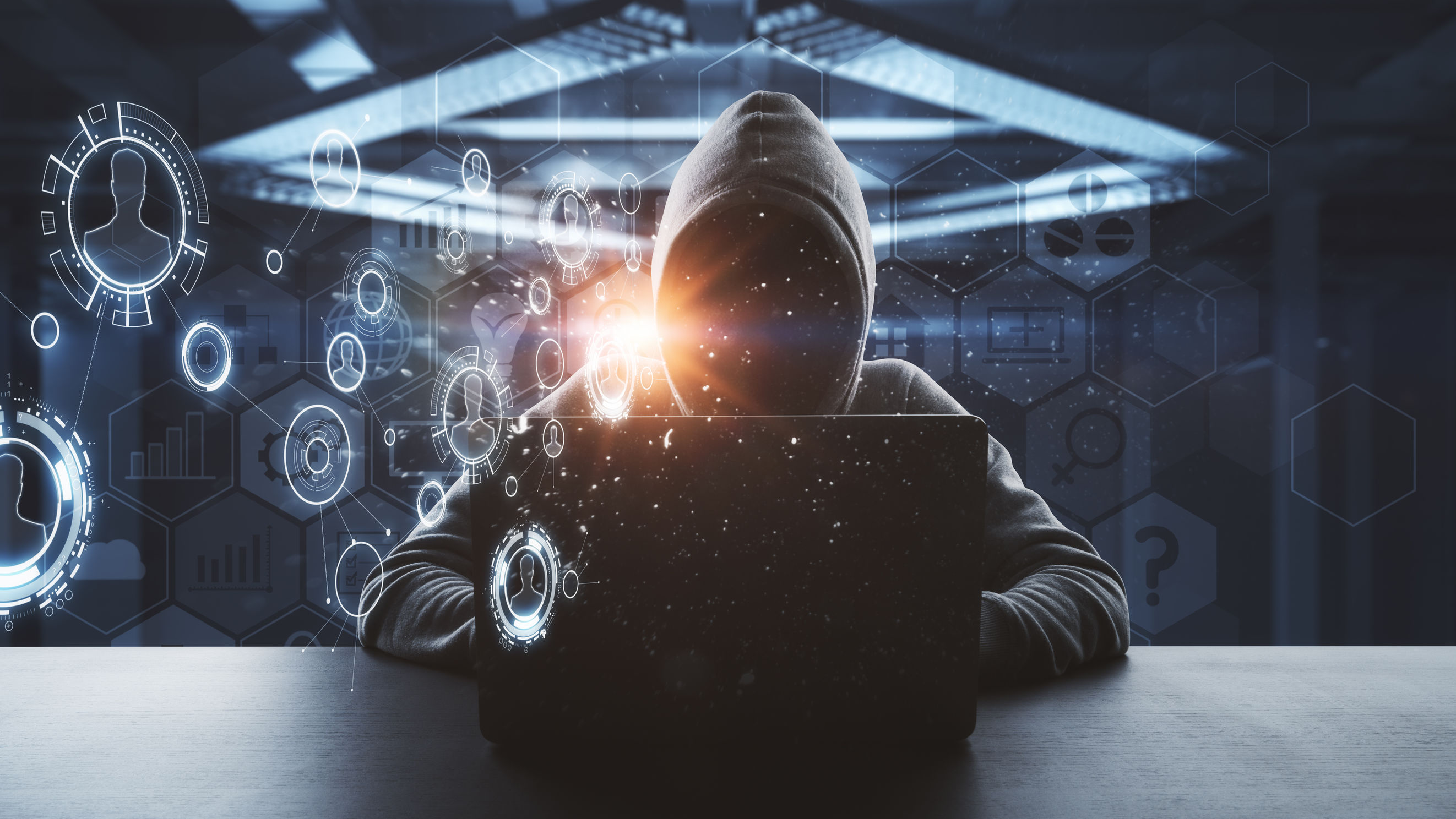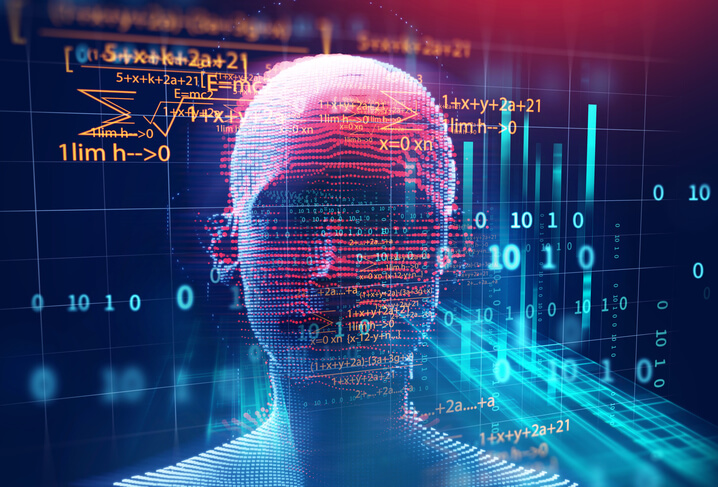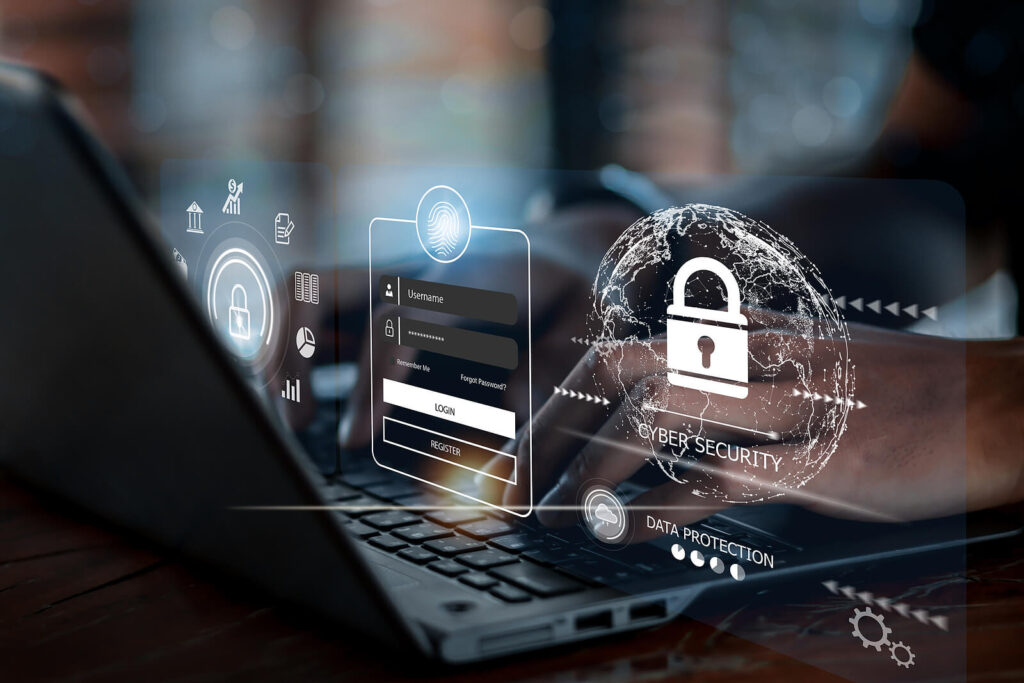Introduction
In an era where technology is deeply integrated into every aspect of our lives, cybersecurity has become more important than ever. As businesses, governments, and individuals increasingly rely on the internet to store, process, and transmit data, the need to protect this information from cyber threats is paramount. Cybersecurity refers to the practice of defending computers, servers, networks, and data from malicious attacks, unauthorized access, and damage. But what exactly is cybersecurity, and why does it matter in today’s digital world?

What is Cybersecurity?
Cybersecurity encompasses the tools, processes, and practices designed to protect systems, networks, and data from cyberattacks. These attacks can come in many forms, including malware, phishing, ransomware, and hacking, all of which aim to disrupt, steal, or manipulate sensitive information. Cybersecurity measures are implemented to safeguard personal data, financial information, intellectual property, and even critical infrastructure.
Effective cybersecurity strategies involve multiple layers of protection across hardware, software, and networks, ensuring that data remains confidential, integral, and available to authorized users.
Types of Cyber Threats
Cyber threats can take many different forms, each with unique methods of attack. Some of the most common types include:

- Malware: Malware is a broad term for any malicious software, including viruses, worms, trojans, and spyware. Malware can corrupt or steal data, damage devices, or give attackers unauthorized access to systems.
- Phishing: Phishing is a type of social engineering attack where cybercriminals deceive individuals into providing sensitive information, such as passwords or credit card numbers, by impersonating trustworthy organizations.
- Ransomware: Ransomware encrypts a user’s data and demands payment, typically in cryptocurrency, to restore access. These attacks have targeted both individuals and organizations, causing widespread disruption.
- Denial of Service (DoS) Attacks: In a DoS attack, cybercriminals overwhelm a server or network with traffic, rendering it inaccessible to users. A distributed denial of service (DDoS) attack uses multiple systems to carry out this disruption.
- SQL Injection: SQL injection occurs when an attacker manipulates a query to a database in order to gain unauthorized access to data or perform unauthorized actions on the database.
- Man-in-the-Middle (MitM) Attacks: In MitM attacks, hackers intercept and alter communications between two parties to steal information or inject malicious code.
Why Cybersecurity Matters
In today’s hyperconnected world, almost everything we do relies on technology—whether it’s banking, shopping, communicating, or managing personal data. With the rise of cybercrime, protecting this information has never been more critical. Here are some reasons why cybersecurity is essential:
- Protecting Sensitive Data: Personal data, financial records, and intellectual property are valuable targets for cybercriminals. Strong cybersecurity measures help prevent unauthorized access, ensuring that sensitive information remains secure.
- Preventing Financial Loss: Cyberattacks can result in significant financial damage. From data breaches to ransomware attacks, businesses can face hefty costs from operational downtime, loss of customer trust, and even regulatory penalties.
- Maintaining Business Continuity: For businesses, a cyberattack can result in loss of operations, leading to a halt in productivity and financial losses. Cybersecurity ensures that systems stay online and functional, reducing the risk of disruptions.
- Protecting National Security: Cyberattacks on critical infrastructure, such as power grids, water supply systems, and transportation networks, can have devastating consequences. Governments worldwide invest heavily in cybersecurity to protect national interests.
Key Elements of Cybersecurity
Cybersecurity is a multifaceted field that requires both technical solutions and human awareness. Some of the key elements of a strong cybersecurity strategy include:
- Network Security: Protecting the integrity of a network by monitoring and controlling incoming and outgoing traffic is crucial. Firewalls, intrusion detection systems (IDS), and virtual private networks (VPNs) are commonly used tools for network security.
- Data Encryption: Encryption converts data into a code to prevent unauthorized access. Even if data is intercepted during transmission, it cannot be read without the decryption key.
- Access Control: Access control ensures that only authorized users can access certain information or systems. Multi-factor authentication (MFA) and role-based access control (RBAC) are common methods used to enforce this.
- Endpoint Security: Endpoint devices such as laptops, smartphones, and tablets are vulnerable to attacks. Endpoint security software, such as antivirus programs, is used to protect these devices from malware and other threats.
- Regular Software Updates and Patch Management: Cybercriminals often exploit vulnerabilities in outdated software. Regularly updating software and applying security patches is essential to protect against known vulnerabilities.
- Employee Training and Awareness: Cybersecurity isn’t just a technical issue; it’s also a human one. Employees should be trained to recognize phishing attempts, use strong passwords, and follow best practices for data security.
Challenges in Cybersecurity
While cybersecurity is essential, it also comes with significant challenges:
- Evolving Threats: Cybercriminals continuously develop new methods of attack, making it difficult for security measures to keep up. Organizations must constantly update their defenses to respond to emerging threats.
- Sophistication of Attacks: Cyberattacks are becoming more sophisticated, using advanced techniques like AI and machine learning to bypass traditional security measures.
- Shortage of Cybersecurity Professionals: The growing demand for cybersecurity experts has led to a skills gap in the industry. Many organizations struggle to find qualified professionals to manage and implement security measures.
- Human Error: Many cyberattacks exploit human mistakes, such as clicking on malicious links or using weak passwords. Even the best security systems can be compromised by simple errors.
- Compliance and Regulation: Many industries are subject to strict data protection laws, such as the GDPR in Europe. Failing to meet these requirements can lead to fines and legal repercussions, adding an extra layer of complexity to cybersecurity management.
The Future of Cybersecurity
As technology continues to evolve, so too will the cybersecurity landscape. Emerging technologies like artificial intelligence (AI) and machine learning (ML) are playing a larger role in detecting and preventing cyberattacks. Automated systems can analyze vast amounts of data, identify unusual patterns, and respond to threats in real-time, making cybersecurity more efficient and effective.

Furthermore, the rise of the Internet of Things (IoT) and the increasing reliance on cloud services will create new challenges for cybersecurity professionals. As more devices become interconnected, securing these complex networks will require innovative solutions and collaboration across industries.
Conclusion
Cybersecurity is no longer optional in today’s digital age. With the increasing sophistication of cyberattacks and the growing reliance on technology, individuals and organizations alike must prioritize the protection of their data and systems. By adopting comprehensive security measures and staying aware of the latest threats, we can mitigate risks and safeguard the digital world.

